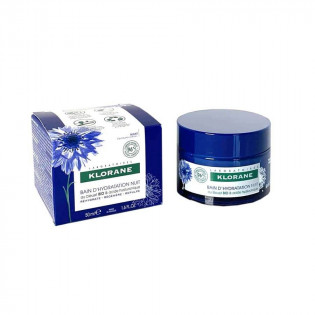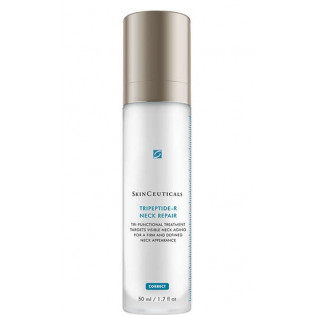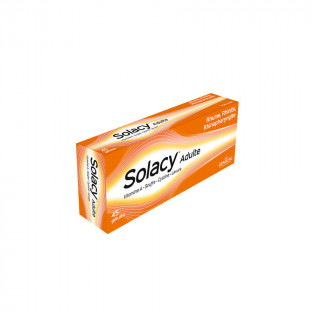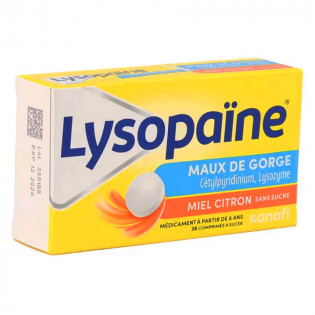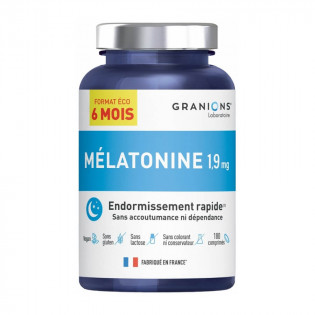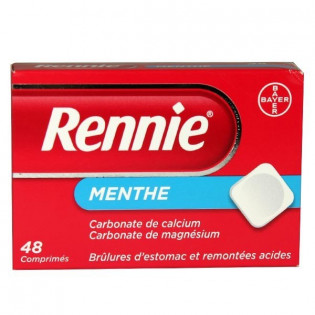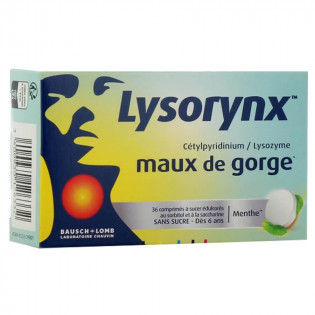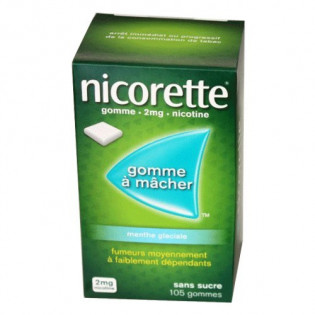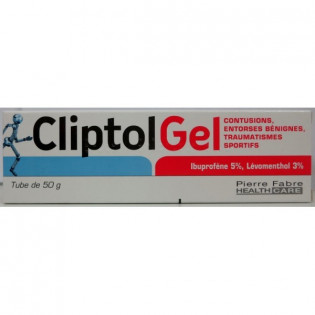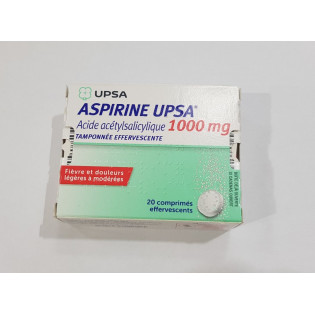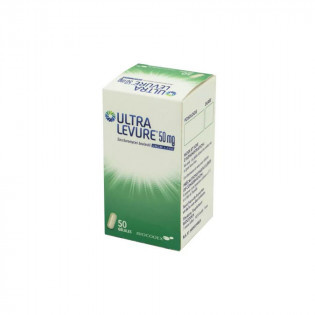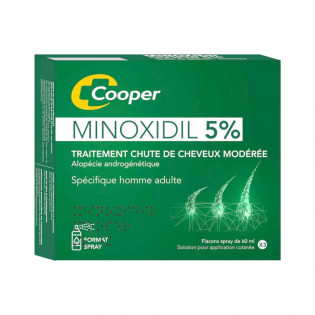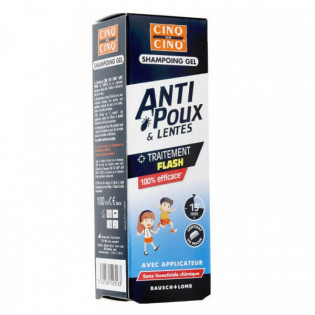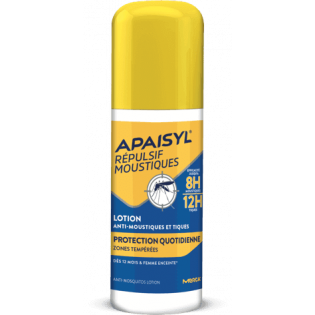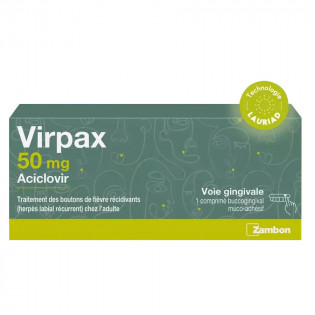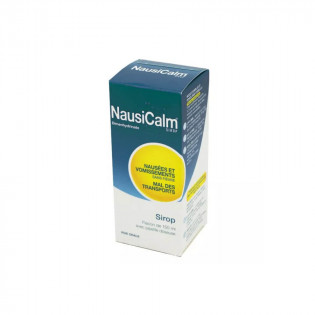In this manual :
1. WHAT IS PURSENNIDE 20 mg, coated tablet AND WHAT IS IT USED FOR?
2. WHAT YOU SHOULD KNOW BEFORE TAKING PURSENNIDE 20 mg, coated tablet
3. HOW DO I TAKE PURSENNIDE 20 mg, Coated Tablet?
4. WHAT ARE THE POSSIBLE SIDE EFFECTS?
5. HOW TO CONSERVE PURSENNIDE 20 mg, coated tablet?
6. ADDITIONAL INFORMATION
1. WHAT IS PURSENNIDE 20 mg, coated tablet AND WHAT IS IT USED FOR?
Pharmacotherapeutic class
Not applicable.
Symptomatic treatment of constipation.
This medicine is a stimulant laxative. It stimulates intestinal evacuation.
It is recommended for occasional constipation.
2. WHAT YOU SHOULD KNOW BEFORE TAKING PURSENNIDE 20 mg, coated tablet
List of information you should know before taking this medicine
If your doctor has informed you of an intolerance to certain sugars, contact him/her before taking this medicine.
Never take PURSENNIDE 20 mg, coated tablet in the following cases:
- history of allergy to sennosides.
- certain diseases of the intestine and colon: inflammatory organic colopathies (ulcerative colitis, Crohn's disease...)
- in case of abdominal pain (stomach pain),
- in case of chronic constipation (long-term constipation),
- in children under 12 years old without a doctor's prescription.
IN CASE OF DOUBT, IT IS ESSENTIAL TO ASK YOUR DOCTOR OR PHARMACIST FOR ADVICE.
Precautions for use; special warnings
Take caution with PURSENNIDE 20 mg, coated tablet:
Special Warnings
DO NOT USE FOR PROLONGED PERIODS WITHOUT MEDICAL ADVICE.
Occasional constipation: It may be related to a recent change in lifestyle (travel). The drug can be a help in short treatment. Any recent constipation unexplained by a change in lifestyle, any constipation accompanied by pain, fever, swelling of the abdomen should be referred to a doctor.
Chronic constipation (long-term constipation): It should not be treated with a stimulant laxative.
There are two possible causes:
- either a disease of the bowel that requires management by the doctor,
- or an imbalance in bowel function due to eating habits and lifestyle.
Treatment includes, among other things:
- an increase in dietary intake of plant-based products (green vegetables, raw vegetables, wholemeal bread, fruit...),
- an increase in the consumption of water and fruit juice,
- an increase in physical activities (sport, walking...),
- a re-education of the defecation reflex,
- sometimes adding bran to the food.
It is useful to seek advice from your doctor or pharmacist.
Special case of children: In children, the treatment of constipation is based on healthy lifestyle and dietary measures: in particular, the use of the right amount of water with infant milk powders, a diet rich in plant-based products, and the addition of fruit juice.
Treatment with a stimulant laxative without medical advice is contraindicated. (Regular use of laxatives in early life may interfere with the normal functioning of the defecation reflex).
This medicine contains the azoic agent cochineal red A (E124) and may cause allergic reactions.
This medicine contains glucose and sucrose. Its use is not recommended in patients with glucose or sucrose intolerance (rare hereditary disease).
Precautions for use
This medication may cause potassium loss. Combination with other medicines (such as certain diuretics or heart medicines) may be dangerous.
IF IN DOUBT, DO NOT HESITATE TO ASK YOUR DOCTOR OR PHARMACIST FOR ADVICE.
Interactions with other medicines
Taking or using other medicines
To avoid possible harmful interactions between several drugs, including class A antiarrhythmics (quinidine type), sotalol, amiodarone, lidoflazine and vincamine, tell your doctor and pharmacist about any current treatment.
Interactions with food and drink
Not applicable.
Interactions with herbal products or alternative therapies
Not applicable.
Use during pregnancy and lactation
Pregnancy and lactation
This medicine is strongly discouraged for women who are breastfeeding, because of its passage into breast milk.
Ask your doctor or pharmacist for advice before taking any medicine.
Not applicable.
Effects on ability to drive or use machines
Not applicable.
List of excipients with a known effect
Important information about some of the ingredients of PURSENNIDE 20 mg, coated tablet:
glucose, sucrose, cochineal red A (E124).
3. HOW TO TAKE PURSENNIDE 20 mg, coated tablet
Instructions for proper use
|
Do not use this medicine in children under 12 years of age without a doctor's prescription.
|
Dosage, Method and/or route(s) of administration, Frequency of administration and Duration of treatment
Dosage
1 to 2 coated tablets to be swallowed without chewing in the evening at bedtime.
Do not exceed the maximum dose.
Duration of treatment
|
The duration of use is limited to 8-10 days.
|
This treatment should only be taken for a short period (maximum 8-10 days).
If the effect of the treatment is insufficient, do not increase the dose or prolong the use, but ask your doctor for advice.
Symptoms and instructions in case of overdose
If you have taken more PURSENNIDE 20 mg, coated tablet than you should have, contact your doctor:
In case of accidental overdose, STOP THE TREATMENT AND CONSULT YOUR DOCTOR ASAP.
Instructions in case of missed dose(s)
Not applicable.
Risk of withdrawal syndrome
Not applicable.
4. WHAT ARE THE POSSIBLE SIDE EFFECTS?
Description of side effects
Like all medicines, PURSENNIDE 20 mg, coated tablet is likely to have undesirable effects, although not everyone is subject to them:
- Possibility of diarrhea, abdominal pain.
In this case stop treatment and ask your doctor for advice.
- Possibility of hypokalaemia (insufficient amount of potassium in the blood).
- Sometimes the urine may be slightly red. This does not imply kidney damage.
If you notice any side effects not listed in this leaflet, or if any side effects become serious, please tell your doctor or pharmacist.
5. HOW TO CONSERVE PURSENNIDE 20 mg, coated tablet
Keep out of the reach and sight of children.
Do not use PURSENNIDE 20 mg, coated tablets after the expiry date stated on the box or bottle.
No special storage precautions.
If necessary, warnings against certain visible signs of deterioration
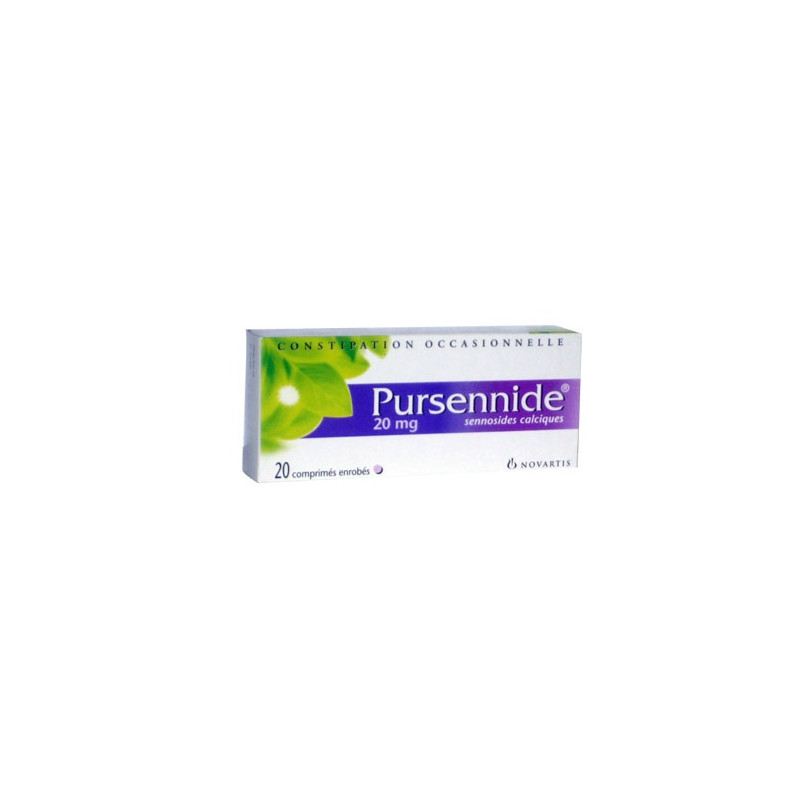
 Français
Français English
English
